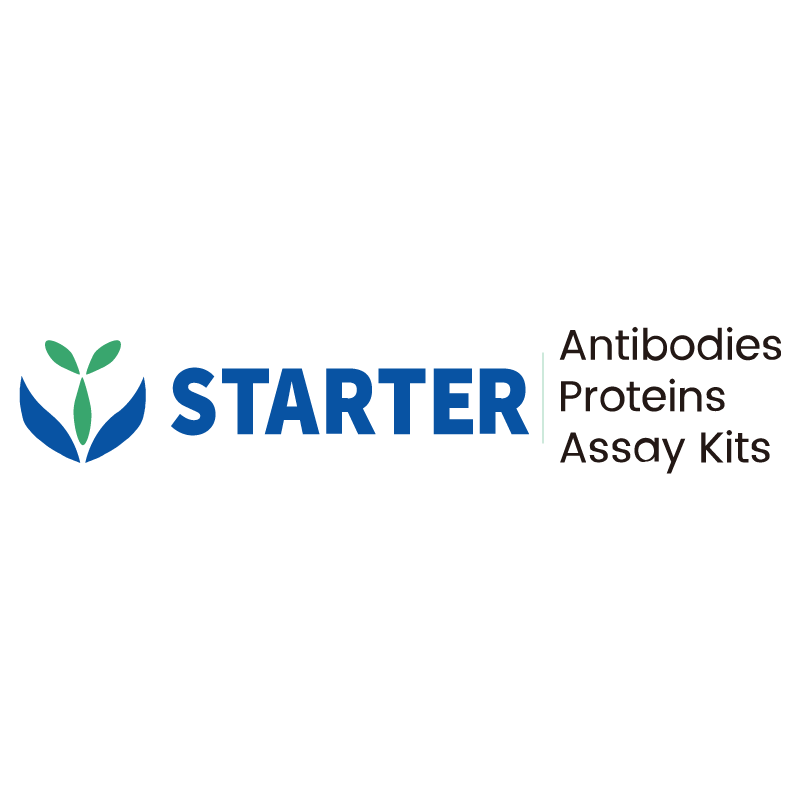Flow cytometric analysis of C57BL/6 mouse splenocytes labelling mouse CD4 antibody at 1/2000 (0.1 μg) dilution (Right) compared with a Rat monoclonal IgG isotype control (Left). Goat Anti - Rat IgG Alexa Fluor® 488 was used as the secondary antibody. Then cells were stained with CD8a - Alexa Fluor® 647 separately. Gated on total viable cells.
Product Details
Product Details
Product Specification
| Host | Rat |
| Antigen | CD4 |
| Synonyms | T-cell surface glycoprotein CD4; T-cell differentiation antigen L3T4; T-cell surface antigen T4/Leu-3 |
| Location | Cell membrane |
| Accession | P06332 |
| Clone Number | S-R542 |
| Antibody Type | Rat mAb |
| Isotype | IgG2b,k |
| Application | FCM |
| Reactivity | Ms |
| Positive Sample | C57BL/6 mouse splenocytes |
| Purification | Protein G |
| Concentration | 2 mg/ml |
| Conjugation | Unconjugated |
| Physical Appearance | Liquid |
| Storage Buffer | PBS pH7.4 |
| Stability & Storage | 12 months from date of receipt / reconstitution, 2 to 8 °C as supplied. |
Dilution
| application | dilution | species |
| FCM | 1:2000 | Ms |
Background
CD4 is a glycoprotein molecule found on the surface of certain white blood cells, primarily T lymphocytes, and is known as the T helper cell marker. CD4+ T cells play a crucial role in the immune system as they act as the "conductors" of the immune response, helping to coordinate the body's defense against pathogens such as bacteria, viruses, and other foreign invaders. CD4+ T cells are a type of T lymphocyte. When a pathogen enters the body, the immune response process begins with macrophages engulfing the pathogen and releasing antigen information, which is then passed on to CD4+ T cells. This antigen transfer leads to the production of antibodies that can easily attach to the pathogen, making it easier for macrophages to capture and engulf it. Therefore, CD4+ T cells are essential as they act as helpers and "eyes" of the immune system, transmitting pathogen information. CD4+ T cells are also a key indicator of the immune system's damage in HIV-infected patients, as HIV targets these cells. The count of CD4+ T cells can directly reflect the immune function and is the most explicit indicator of the immune system's damage in HIV patients.
Picture
Picture
FC


